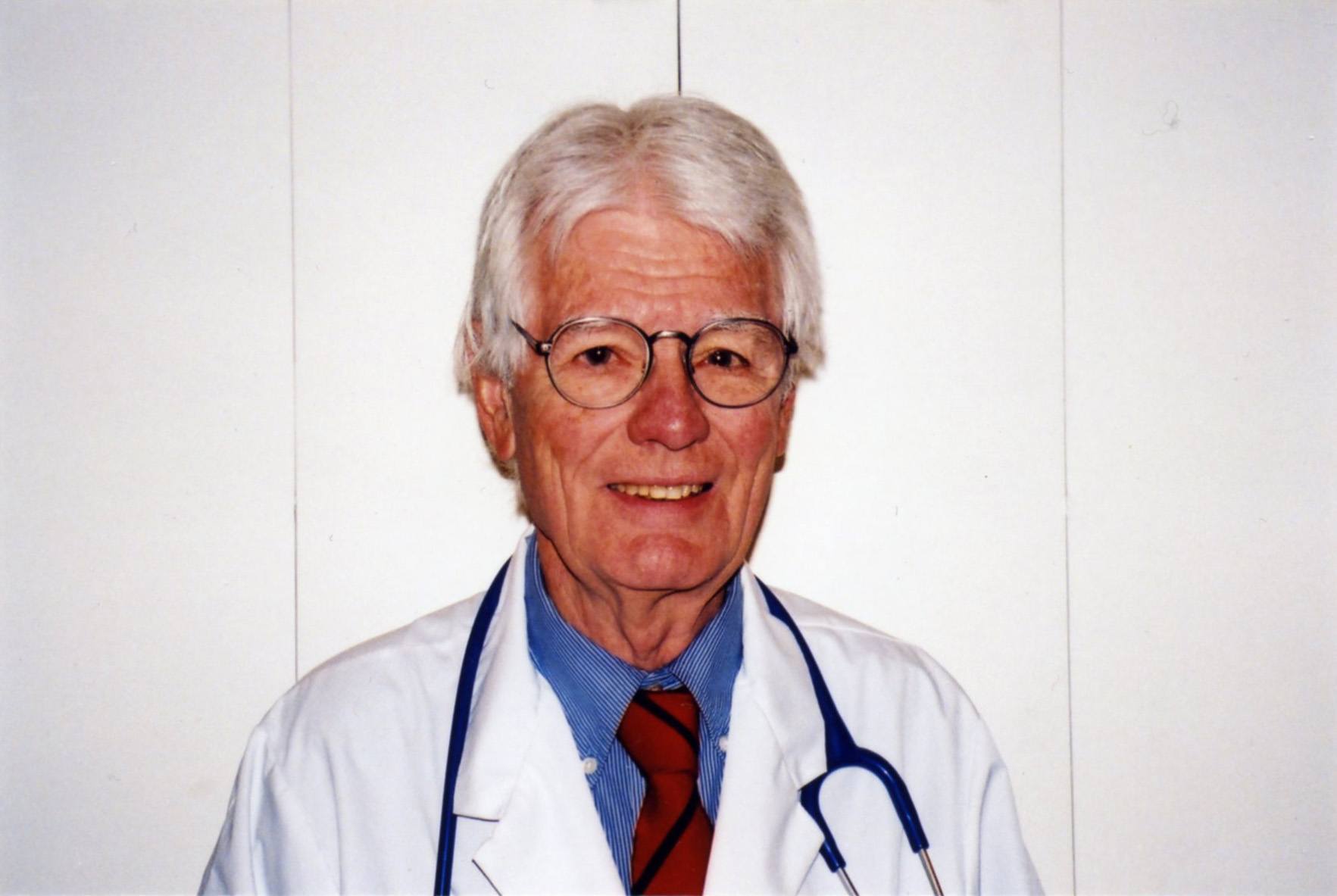“How one error can have such a devastating effect on your life!” a friend said to me. She had spent summers in the same cottage for years and knew well the step from living room to kitchen. But one evening she forgot, fell, and sustained a severe fracture of the leg.
I wrote at the time that she had been taken to the local hospital and incredibly, remained there for three days without treatment. Whether she will be in a wheelchair the rest of her life depends on a new way to heal broken bones.
Dr. Rob Gordon is an orthopedic surgeon at the University Health Network in Toronto and an early pioneer in the use of shock wave therapy.
Today most people take it for granted that fractured bones will heal after being immobilized in a cast for several weeks. This is true for the majority of cases. But occasionally this does not happen and bones fail to unite. The consequences are devastating.
Dr. Gordon explains that non-union of bones occurs when blood supply to the wound is insufficient. Sometimes it’s due to the extent of trauma, perhaps a larger than normal separation of bone fragments, or poor blood supply.
A recent report from Duke University in North Carolina suggests we will soon hear more about non-union as 78 million baby boomers reach 65 years of age. This, they predict, will cause a fracture epidemic. But aging boomers are not the only problem.
In the July 6, 2010, issue of The Annals of Internal Medicine, a report states that osteoporosis (fragile bones) is inadequately diagnosed and treated. This means that 50% of North Americans over the age of 50 are at risk of developing osteoporosis. More fractures and more non-union of bones are predicted.
When talking fracture, the sexes are not equal. Women are at higher risk than men. Men, on the other hand, are more likely to die from a hip fracture in the year following a fall than women. It’s also known that Caucasians are more prone to fractures, along with those taking steroids and hormonal therapy to fight prostate cancer.
Patients whose bones fail to heal face an uncertain future. Immobilized for up to three months they expect they will soon be free of the cast. Can you imagine the shock on being told that union has failed, surgery is required, and the need for another three months of living with a non-walking cast? Still there’s no guarantee that bones will reunite.
Surgery involves stabilizing the bone structure with metal rods or screws. But this procedure always comes with a big risk, post-operative infection.
Dr. Gordon says “shock therapy to reunite bones has been used in Europe for 18 years. But it has been delayed in North America due to regulatory issues.”
So how successful is shock therapy? A report in the Journal of Bone and Joint Surgery states that shock therapy is as effective as open reduction surgery for certain fractures. The procedure also reduces pain and there’s no chance of infection.
Gordon claims “shock therapy works by stimulating and activating certain growth factors. This triggers a metabolic reaction similar to what occurs in the natural healing process with improved circulation and tissue regeneration.”
After several weeks x-rays of my friend’s fractured bones reveal that there has been no healing. So the decision has been made to use shock therapy. A portion of the cast that covers the shattered leg will be removed. This area will then be subjected to shock therapy for four minutes once a week for three weeks. There’s a 77% chance the bones will reunite.
Shock therapy is 84% successful in treating tendon injuries and plantar fascitis, Dr. Gordon states, and 76% for jumper’s knee, 60% for tennis elbow.
One wonders why it’s taken 18 years for this treatment to cross the Atlantic. Decreased expense of treating these problems and improved quality of life for the patient are obvious.
But one thing is certain for all of us. Just one little false step can cause a hell of a big problem.



